The camera and the car came of age together.
And together they altered our relationship to reality — one, noted the British Journal of Photography recently, by stopping time, and the other by speeding everything up.
On view at the Fondation Cartier in Paris through September 24 is the exhibition "Autophoto," which explores how the automobile and the art of photography have combined to change how humans experience the world. The show brings together 500 works made by 100 historic and contemporary artists from around the world, including Jacques-Henri Lartigue, Lee Friedlander, William Eggleston, Yasuhiro Ishimoto, Bernard Plossu, Juergen Teller, Luciano Rigolini, Stéphane Couturier, Alejandro Cartagena, and Malick Sidibe.
The exhibition's curators, Xavier Barral and Philippe Séclier, note that automobiles provided photographers with "a new subject, new point of view and new way of exploring the world." In return, photography glamorized and helped commercialize the car, capturing it as an object of high design and lustful desire.
"It was time to unify these two popular techniques, which have transformed the social bond into an artistic journey," the curators tell BJP. "And this is the first time that a photographic exhibition of this magnitude has been organized on this theme."
Grand Prix de l'ACF, Automobile Delage, Circuit de Dieppe, 26 juin 1912, by Jacques Henri LArtigue
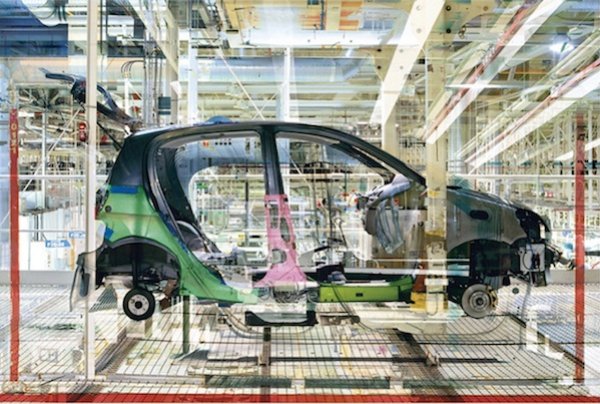 Toyota n°8, Melting Point Series, 2005, by Stéphane Couturier
Toyota n°8, Melting Point Series, 2005, by Stéphane Couturier
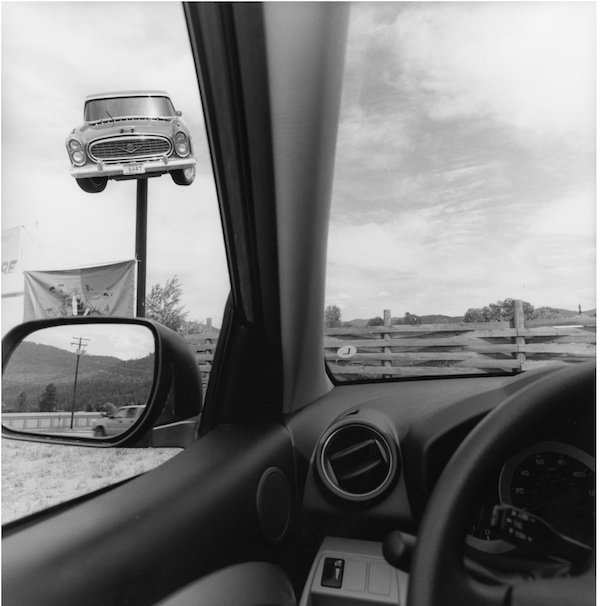 Montana, from the series "America by Car," 2008, by Lee Friedlander
Montana, from the series "America by Car," 2008, by Lee Friedlander
The new exhibition comes 30 years after the Fondation Cartier's exhibition "Hommage à Ferrari," which also considered photography's relationship to the automobile. The relationship has evolved since then, and continues to evolve. "Over the last few years we have witnessed an industrial, societal and environmental turning point in automobile history. On the other hand, photography has never been shared so much," note Barral and Séclier.
 Car Poolers # 12 The Carpoolers series, 2011-2012 © Alejandro Cartagena
Car Poolers # 12 The Carpoolers series, 2011-2012 © Alejandro Cartagena
"So commonplace is the car in contemporary culture that to look upon it as anything more than a means of traveling from A to B requires an extra special enthusiasm," notes the AnOther blog in a feature about the new exhibition. "Yet ever since it first came into being, dreamt by up the ambitious German engineer Karl Benz in 1885, the automobile has represented far more than simply a mode of transport; it captures the hopes, fears and aspirations of the generation it is created by."
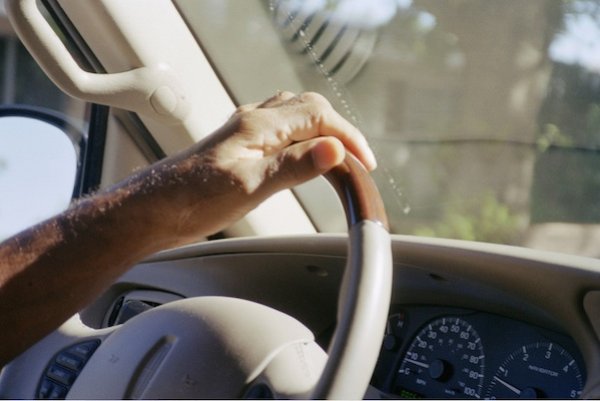 OJ Simpson n°5, 2000© Juergen Teller
OJ Simpson n°5, 2000© Juergen Teller
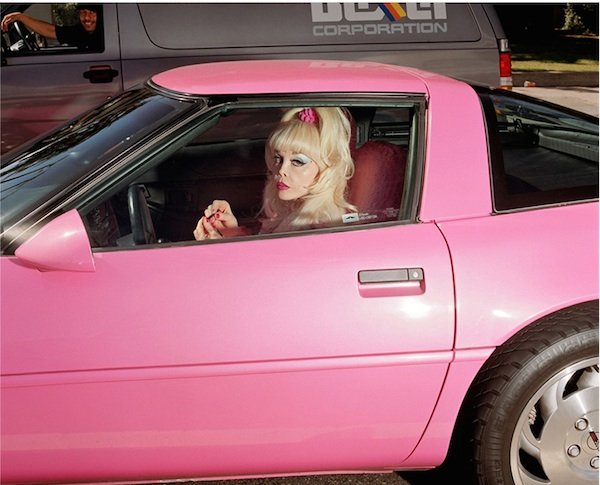 Woman Waiting to Proceed South at Sunset and Highland Boulevards, Los Angeles, at Approximately 11:59 a.m. One Day in February, 1997, by Andrew Bush
Woman Waiting to Proceed South at Sunset and Highland Boulevards, Los Angeles, at Approximately 11:59 a.m. One Day in February, 1997, by Andrew Bush
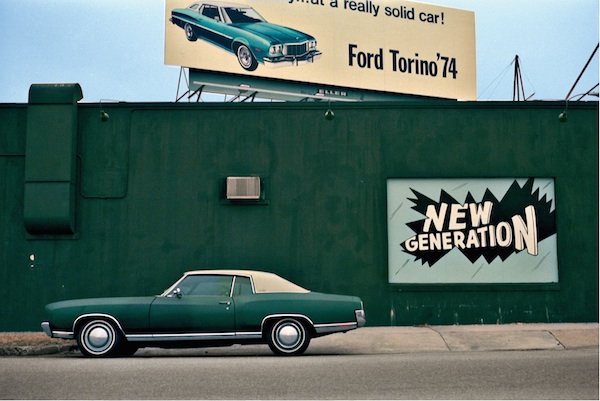 Los Alamos series, 1965-68, by William Eggleston
Los Alamos series, 1965-68, by William Eggleston
The exhibition is divided in the several series, starting with the car's earliest appearances in photographs documenting man's attempt to control speed and time. "The second section shows cars becoming characters in the urban landscape. The third part places the viewer in the automobile, and shows both how they have become a tool for photographers and how they've changed the world with the emergence of car parks, service stations and motorways," adds BJP.
The last two sequences show how the car, its manufacture, and its representation in advertising has changed over time. "The last room shows, finally, that like any other object, the automobile is destined to disappear," say the curators. "But it can also reborn, like the Phoenix, thanks to the creative genius of the human being and his ability, when he wants, to recycle his own production."
___________________________________________
At top: Los Alamos series, c. 1974, by William Eggleston
